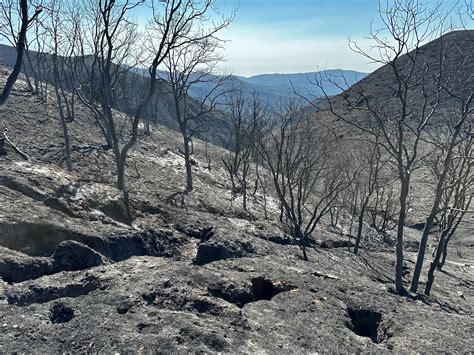The Black Dahlia murder case is one of the most infamous and intriguing unsolved crimes in American history. The brutal and gruesome murder of 22-year-old Elizabeth Short in Los Angeles in 1947 shocked the nation and sparked a massive investigation that would go on to become one of the largest and most extensive in California history. Despite the efforts of the police and the FBI, the case remains unsolved to this day, leaving behind a trail of unanswered questions, theories, and suspects.
To understand the complexity and significance of the Black Dahlia case, it’s essential to delve into the background and circumstances surrounding the murder. Elizabeth Short was a young woman from Massachusetts who had moved to California in 1943 to pursue a career in film. She was known to be charismatic and ambitious, but her life was also marked by struggles with poverty, relationships, and personal instability. In the months leading up to her murder, Short had been living in Los Angeles, working as a waitress and aspiring to become an actress.
The discovery of Short’s body on January 15, 1947, in a vacant lot on Norton Avenue in the Leimert Park neighborhood of Los Angeles, sent shockwaves through the community. The crime scene was gruesome, with Short’s body found mutilated and posed in a deliberate and ritualistic manner. The investigation that followed was extensive, with the Los Angeles Police Department (LAPD) and the FBI working together to gather evidence, interview suspects, and follow leads.
One of the most significant challenges in investigating the Black Dahlia case was the lack of forensic evidence. At the time, forensic science was still in its infancy, and many of the techniques and technologies that are commonplace today, such as DNA analysis, were not available. As a result, investigators had to rely on more traditional methods, such as eyewitness accounts, fingerprints, and footprints, to piece together the events surrounding the murder.
Despite these challenges, the investigation into the Black Dahlia case was groundbreaking in many ways. The LAPD and the FBI employed a range of innovative techniques, including the use of psychological profiling, to try to identify the killer. The case also marked one of the first times that the media played a significant role in a high-profile investigation, with newspapers and radio stations providing extensive coverage of the case and helping to fuel public interest and speculation.
Over the years, numerous suspects have been identified and investigated in connection with the Black Dahlia case, but none have been proven to be the killer. Some of the most prominent suspects include Arnold Smith, a former boyfriend of Short’s who was known to have a violent temper; Robert “Red” Manley, a man who had been seen with Short on several occasions and had a history of mental illness; and Dr. George Hodel, a Los Angeles doctor who was suspected of being the killer due to a series of cryptic letters and graffiti that he had written.
The Black Dahlia case has also been the subject of numerous books, films, and documentaries over the years, each offering their own theories and interpretations of the events surrounding the murder. Some of the most notable include the book “The Black Dahlia” by James Ellroy, which offers a fictionalized account of the case, and the documentary “The Black Dahlia Murder” by Kenneth Anger, which explores the case through a series of interviews and reenactments.
In recent years, advances in forensic science and technology have led to new leads and developments in the case. In 2018, the LAPD announced that they had reopened the case and were re-examining the evidence using new techniques, including DNA analysis. While these efforts have yet to yield a definitive answer, they demonstrate the ongoing commitment to solving the case and bringing justice to the victims and their families.
In conclusion, the Black Dahlia murder case is a complex and multifaceted crime that continues to fascinate and intrigue people to this day. Through its combination of gruesome violence, ritualistic posing, and lack of forensic evidence, the case has become a benchmark for unsolved crimes and a testament to the enduring power of human curiosity and speculation.
What were the circumstances surrounding Elizabeth Short's murder?
+Elizabeth Short was found murdered in a vacant lot on Norton Avenue in the Leimert Park neighborhood of Los Angeles on January 15, 1947. Her body was mutilated and posed in a deliberate and ritualistic manner, with evidence of torture and abuse.
Who were some of the main suspects in the Black Dahlia case?
+Some of the most prominent suspects in the Black Dahlia case include Arnold Smith, a former boyfriend of Short's; Robert "Red" Manley, a man who had been seen with Short on several occasions; and Dr. George Hodel, a Los Angeles doctor who was suspected of being the killer due to a series of cryptic letters and graffiti.
What role did the media play in the investigation into the Black Dahlia case?
+The media played a significant role in the investigation into the Black Dahlia case, providing extensive coverage of the crime and helping to fuel public interest and speculation. Newspapers and radio stations helped to disseminate information about the case, and their reporting often influenced the direction of the investigation.
The Black Dahlia case serves as a reminder of the importance of perseverance and dedication in the pursuit of justice. Despite the many challenges and setbacks that have marked the investigation, the case continues to captivate and inspire people, and its legacy serves as a powerful reminder of the enduring impact of violent crime on individuals and communities.



